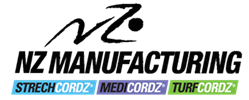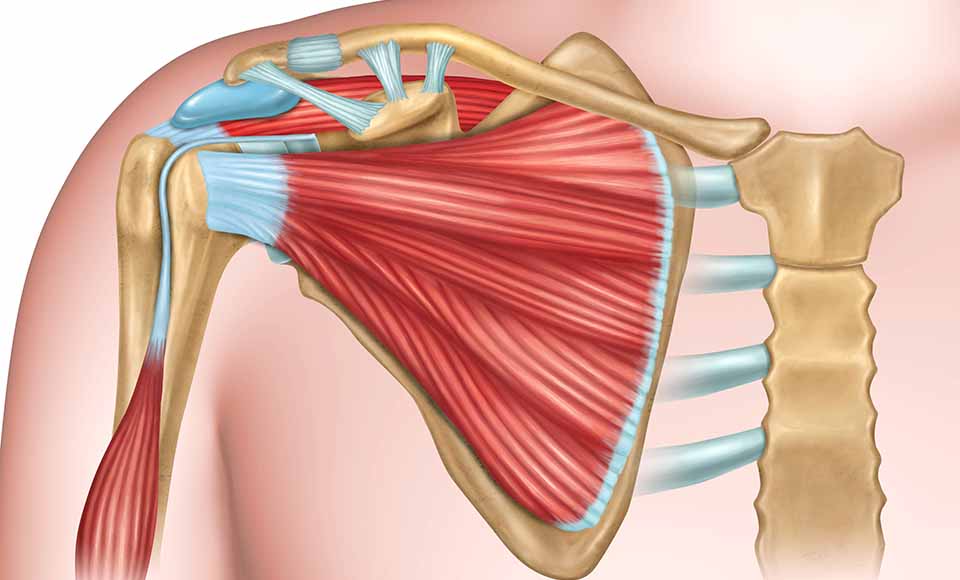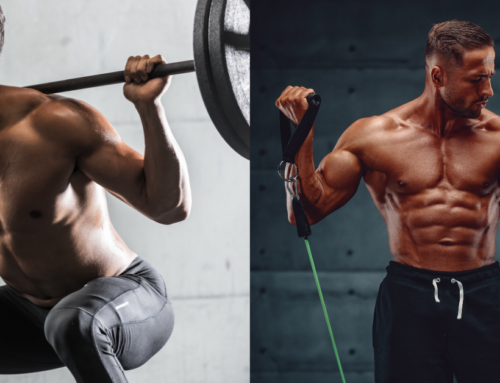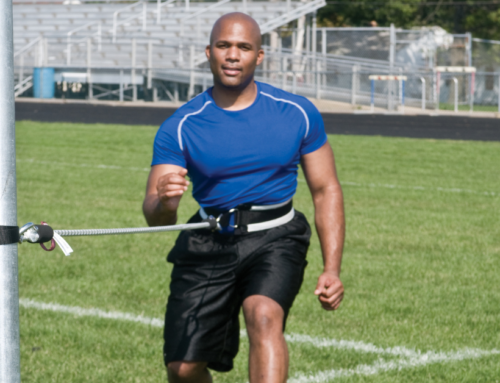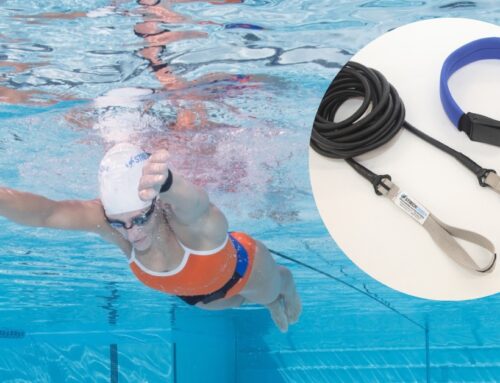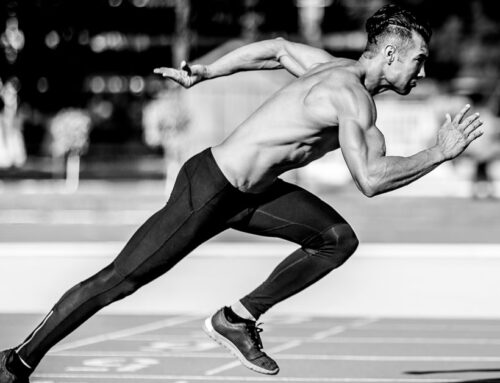“He fakes right, she cuts left, look at that hit, how about that swing!?”
We can all appreciate the athleticism it takes to play any sport and be successful. Dedication, determination and skill all play important roles. Unfortunately, no matter how determined, dedicated and skilled you may be, without proper prevention and rehabilitation, you will be putting yourself at risk for injury. Injuries to the shoulder, like a rotator cuff injury, happens to be one of the most common injuries seen at orthopedic practices. Unfortunately, when your shoulder is injured, it can affect a large variety of muscles, ligaments and tendons in that area. At NZ Manufacturing, we are fully aware that prevention and rehabilitation is the key to all shoulder injuries both before and after they happen. Even the American Academy of Pediatrics is strongly recommending that all athletes that utilize their upper body muscles have some sort of supervised upper extremity motion and strength training to help prevent injury to young athletes. Recovery is not easy but at NZ Manufacturing, we’re always searching for ways our athletes can improve, prevent and rehabilitate.
The Anatomy of the Shoulder
Obviously, your actual shoulder is a bone. The upper arm bone (humerus), the collar bone (clavicle), and your shoulder blade in the back (scapula) are all connected and surrounded by cartilage, muscles, tendons and ligaments. Most of the time, with the exception of blunt trauma, shoulder injuries are not due to the actual bones breaking but instead all of the surrounding tissue being inflamed, sprained, strained, stretched and torn. This can be due to a variety of factors ranging from overuse to weakened muscles. This is why prevention plays such an important role in keeping your shoulders healthy and happy. Using our M365-MediCordz® band, many athletes have helped prevent shoulder injuries with exercises like the shoulder rope pulley which hangs on a doorway and works on strength and range of motion. Our S117-TurfCordz® also is a great tool to preventatively strengthen your rotator cuff by utilizing both internal and external rotation.
Rehabilitation with Rotator Cuff Injury
Most often with a rotator cuff injury, the rotator cuff muscle is irritated and swells. This causes major cramping and inflammation between both the arm and shoulder bones and can sometimes cause swelling. Another type of rotator cuff injury happens to be a tear. If your rotator cuff is torn, it can affect both the muscle and the tendon. Recovery is not easy, but it is extremely possible. Exercises like high-to-low rows, getting down on one knee (stretching your arm out and then pulling your elbow toward your body so that your shoulder blades squeeze together), can help to strengthen and rebuild your otherwise irritated or torn muscles and tendons. Another exercise utilizing a band would be the lawn mower pull. In this instance, you can place your StretchCordz® band under the opposite foot of the injured arm. Let the band go directly across your body and slowly straighten upright while your elbow moves up across your body like starting a manual lawn mower. Squeezing those muscles and those shoulder blades helps to strengthen and train your shoulders.
Using our StrechCordz®, MediCordz® and TurfCordz® gear, you can do all of these exercises both with your physical therapist as well as on your own at home. Shoulder injuries can be preventable if given the right tools and exercises. For more information on shoulder injuries and our resistance cords, give us a call today at 800-886-6621.
